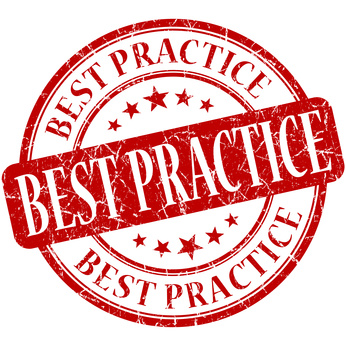![]() To borrow and adapt a phrase from F. Scott Fitzgerald and those over at Cognitive Edge: “The test of (complex adaptive) intelligence is the ability to hold two opposed ideas in the mind at the same time and still retain the ability to function.”
To borrow and adapt a phrase from F. Scott Fitzgerald and those over at Cognitive Edge: “The test of (complex adaptive) intelligence is the ability to hold two opposed ideas in the mind at the same time and still retain the ability to function.”
I wanted to go back to one of my favourite frameworks, the Cynefin framework for partly thinking through the “known-unknown-unknowable” in our present world. We are seemingly more in the “unknown or unknowable” at present, perhaps in a world of disorder, in our understanding and actions relating to the current global worry, this coronavirus, as it became a global pandemic.
The Cynefin framework is from Dave Snowden through Cognitive Edge. The positioning of Cognitive Edge is “making sense of complexity in order to act.”
I start by suggesting we need to find ways to navigate ourselves back into some (new) order; to stabilize the chaos we are in. What we first need to do is make sense of what is going on around us, we need to determine what actions to take and the level of action, resource and support each part needs. We need to constantly ask: is it clear, complicated, complex, or chaotic, or even worse, highly confusing. The Cynefin framework significantly helps us to determine what particular parts we are dealing with, in the decisions needed.


